






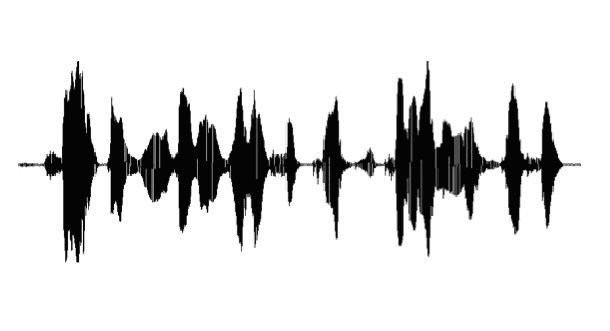

























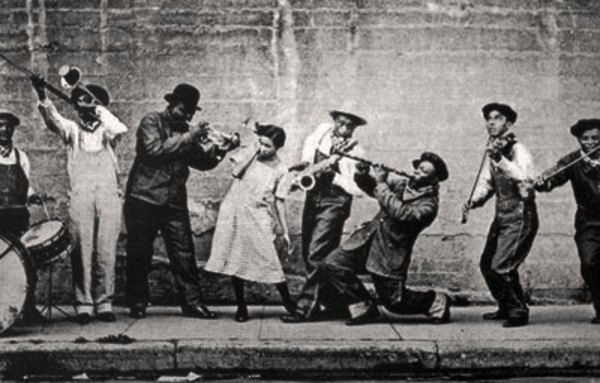




.jpg)
| 24/02/2020 |
Save this date: 24 April 2020 for the final workshop of the Dig that Lick project, to be held in Paris. More information to follow shortly. |
| 29/01/2020 |
An overview of the Dig that Lick project was presented at the Round 4 Digging Into Data Challenge Conference at the National Science Foundation in Alexandria, Virginia, USA. The slides are available here. |
| 07/11/2019 |
New Release: Jazz Pattern Search WebsiteWe are happy to announce the new release of the Dig That Lick Pattern Similarity Search website. It is one of the major deliverables of our 2-year research project. It can be found here: https://dig-that-lick.hfm-weimar.de/similarity_search/ Key features:
More information is available in our Late-Breaking Demo paper at ISMIR 2019: Dig that Lick: Exploring Melodic Patterns in Jazz Improvisation by Frank Höger, Klaus Frieler, Martin Pfleiderer and Simon Dixon. 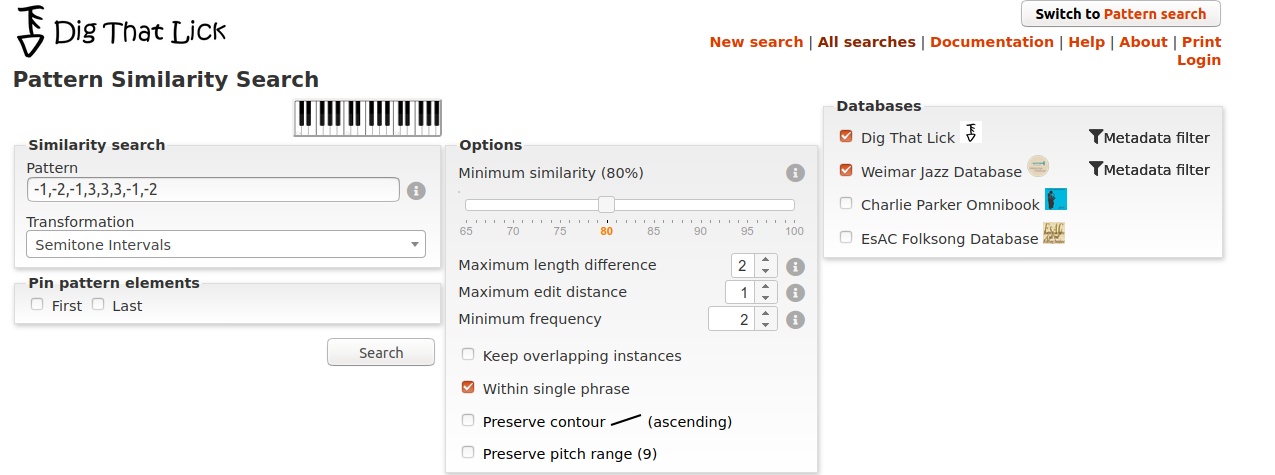

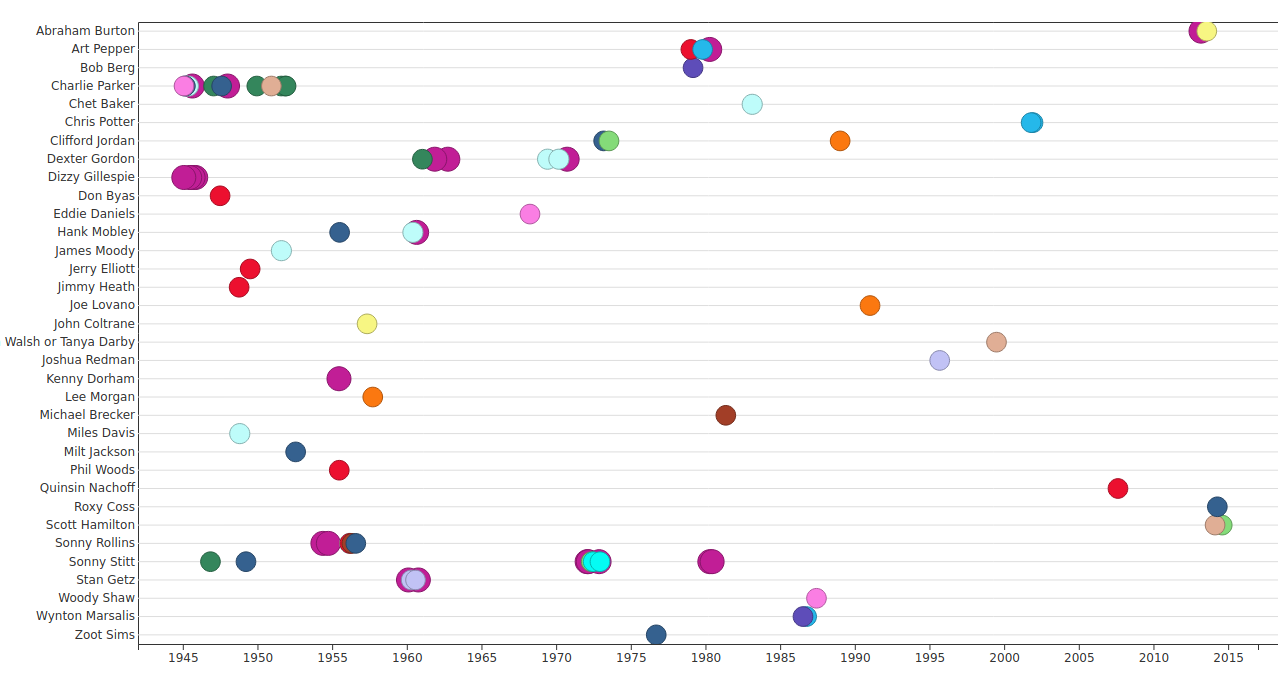
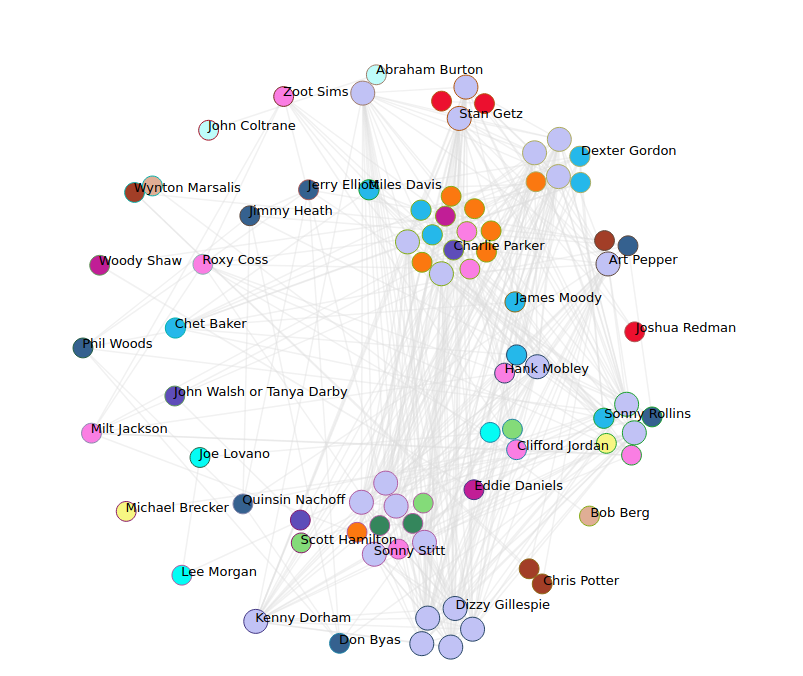
|
| 25/04/2019 |
Dig That Lick at Rhythm ChangesWe presented a panel on our project at Rhythm Changes - the main European academic conference on jazz. The panel included following talks:
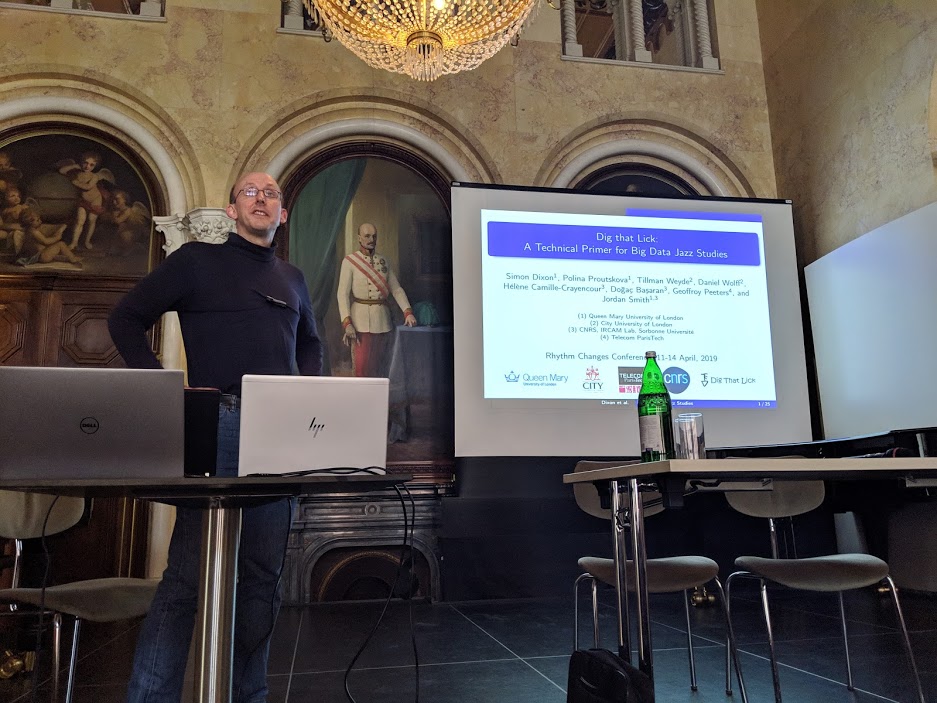
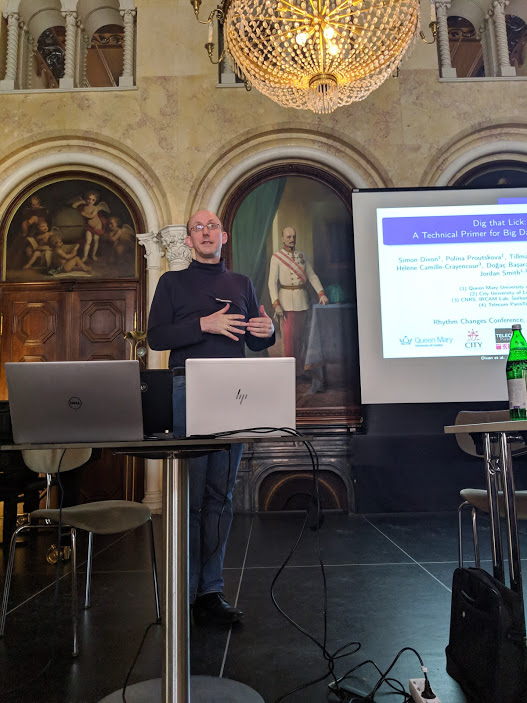
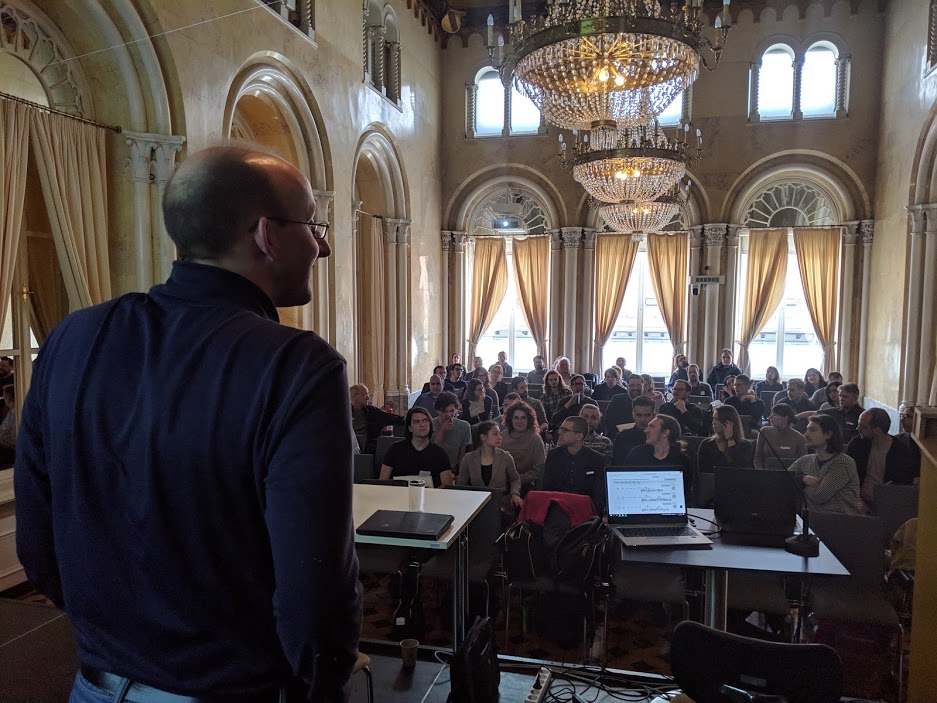
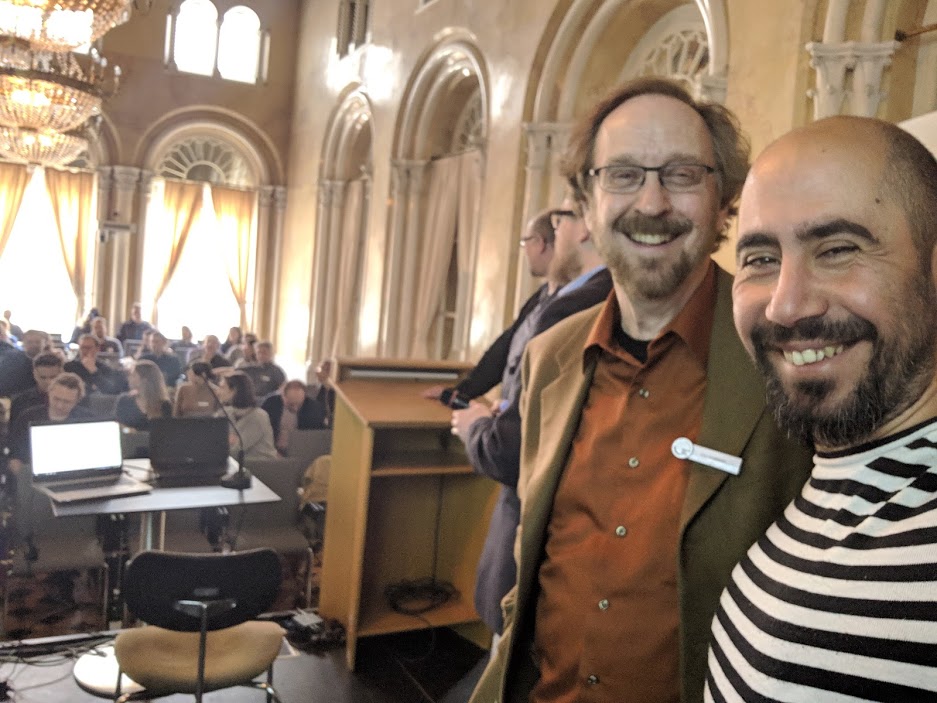
|
| 06/07/2018 |
New release: Dig That Pattern Similarity Search in the Weimar Jazz DatasetWe are delighted to announce the release of our next cool web tool, the Dig That Pattern Similarity Search. It allows to search the Weimar Jazz Database not only for exact interval and pitch patterns but also for similar ones, which opens completely new possibilites. It includes very cool visualizations, such as pattern networks and timelines, and many more features. Get started with a true bebop-ish example: -1,-2,-1,3,3,3,-1,-2 |
| 06/07/2018 |
Search for and explore jazz solo patterns in the Weimar Jazz DatasetWe proudly present two brand new web applications dealing with patterns in jazz solos. The first is an interactive app called the Pattern History Explorer. There, you can explore 653 common patterns with 11,630 instances in the Weimar Jazz Database from many different angles including score and audio snippets. The second is a web interface for pattern search in the Weimar Jazz Database with many cool features. If you want to know more about all this, you can read our accompanying paper Two web applications for exploring melodic patterns in jazz solos , which got accepted for the ISMIR 2018 conference in Paris. |
| 25/05/2018 |
Two papers from our project were accepted for the annual conference of the International Scociety for Music Information Retrieval (ISMIR2018) - the leading worldwide conference in this research area: "Main Melody Extraction with source-filter NMF and C-RNN"by D. Basaran, S. Essid and G. Peeters as well as"Two web applications for exploring melodic patterns in jazz solos"by Klaus Frieler, Frank Höger, Martin Pfleiderer, and Simon DixonPlease see our Publications page for more details. |
| 3-4/05/2018 |
Dig That Lick project meeting at IRCAM, Paris, France
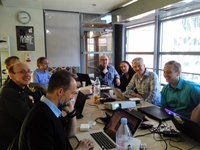

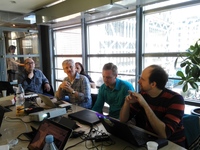



|
| 04/02/2018 |
Deliverable D1.1: Licks in the Literature of Jazz Researchby Gabriel SolisHaving completed a review of academic jazz literature from the 1970s to the present we have found considerable range of conception and use of the general topic of patterns in improvisation and a number of potentially testable hypotheses that our data set and analytical work might address. This paper offers a synthesis of key issues from that research, including: definitions and terminology to describe patterns; disciplinary frameworks in which the question of pattern is engaged; primary areas of debate; a note on the volume of datasets needed for this research; and testable hypotheses to consider. |
| 7/12/2017 | "Inside the Jazzomat. New perspectives for jazz research" by Martin Pfleiderer et al. has been published and is available online. This is the publication resulting from the Jazzomat project which was in many aspects the predecessor of Dig That Lick. |
| 1/10/2017 |
Welcome to the web site of the project: Dig That Lick: Analysing large-scale data for melodic patterns in jazz performances, a collaboration between six different universities across four countries, funded by the Trans-Atlantic Program Digging into Data Challenge (see announcement here). The project started on 1 Oct 2017 and is funded until 30 Sep 2019. Read more about the project on our
About page. |